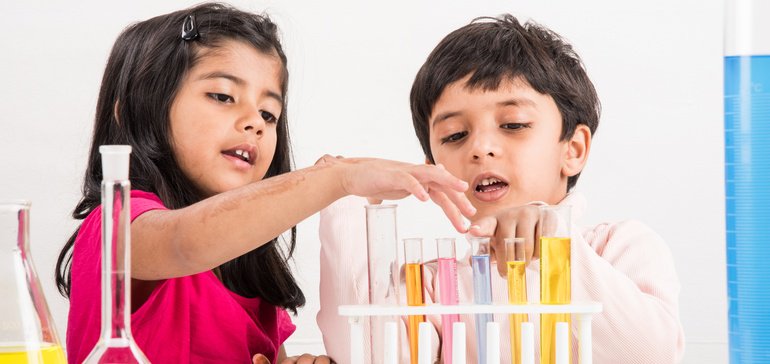Last Updated on September 19, 2017
Credit: Education Dive
From student engagement to closing the gap between what’s taught in the classroom and what real life experiences, the introduction of new learning models has long been on the rise. In this roundup of education news, we explore the research and case studies of innovative schools who have taken the leap to provide their students with relatively unconventional learning models such as personalized and project-based learning (PBL).
1. How experiential learning helps students own their future.
“It’s clear that we need to better prepare our students for the workforce, now more so than ever considering the competitiveness of the global economy.” How? With experiential learning. Education Dive breaks down experiential learning using three fundamental “E’s” for K-20 learners when preparing them for the global workforce: Engage, Equip, and Empower.
2. New study shows impact of project-based learning on student achievement.
Edutopia explores new research from Michigan, showing how project-based learning in high-poverty communities can produce statistically significant gains in social studies and informational reading.
3. Why losing control of your classroom is a good thing.
ESchool News explores how loosening control over the classroom can actually increase student engagement. How does this work in practice? Two schools show how project-based learning (PBL) enables teachers to take a step back, and students to take a big step forward.
4. Do higher ed policies make it difficult to change K-12 teaching paradigm?
“Parents worry their child is going to fall behind because they know the [University of California] system is looking for certain requirements.” As more and more California schools move to experiment with new models such as personalized and tailored learning, EdSurge raises the question: Is college getting in the way of change for K-12 education?
5. Four ed tech trends shaking up the first quarter of 2017.
“Computer use in classrooms increasing by 6 percentage points to 46% year-over-year for Q1 of 2017.” A new report on education trends highlights not only how ed tech usage is generally increasing, but that teachers are also needing to adjust quickly in order to handle technology’s rapid saturation into the classroom.
6. 5 ways technology can support educators in an environment of expanding school choice.
“As we prepare for the expansion of school choice, it’s critical to consider the facts and research. Taking a mixed bag of opinions into consideration, here’s how edtech can support educators amid school choice.” (eSchool News)
7. Bridging the divide between ed tech research and the classroom.
“We were trying to solve the problem of so much research being inaccessible.” The Hechinger Report explores how an interactive “Research Map” website hope to bridge the divide between information and comprehension, by providing a way to visualize complex research into teaching and learning.
8. Universities must rethink how they communicate in a post-truth world.
“It is a world in which so-called ‘fake news’ can spread like wildfire on social media, and influence the outcome of democratic elections. It is a world in which the term “fake news” can itself be used to discredit legitimate journalism that people in power simply do not want you to believe. … What does this mean for universities? They must urgently rethink how they communicate,” reports Times Higher Education.
9. Big changes are coming to education, and some developed nations could get left behind.
“For centuries, innovation in education has been led by powerful and influential countries. That could be set to change, however, with today’s developing nations primed to lead the charge. … It is likely that we could see the transformation of education systems occurring first in developing countries,” according to CNBC.
10. The top 5 trends in K-12 ed tech — and where they’re headed.
From blended learning to Internet of Things, Education Dive provides a primer on the key tech trends that should be top of mind for all schools and districts: “five ed tech trends that should be top-of-mind for all K-12 administrators as they build a solid foundation for their tech strategy.”
The Ultimate Experiential Learning Tool
Educators using 100mentors have replaced regular classroom lectures and assignments with a “Classroom Mission” curriculum, where they empower their students to connect with mentors from across the world (from NASA scientists and Google data scientists to Hollywood cinematographers and New York Post Editors, and more) to expand their learning — and life — horizons. Is your class ready to embark on the ultimate learning experience?



